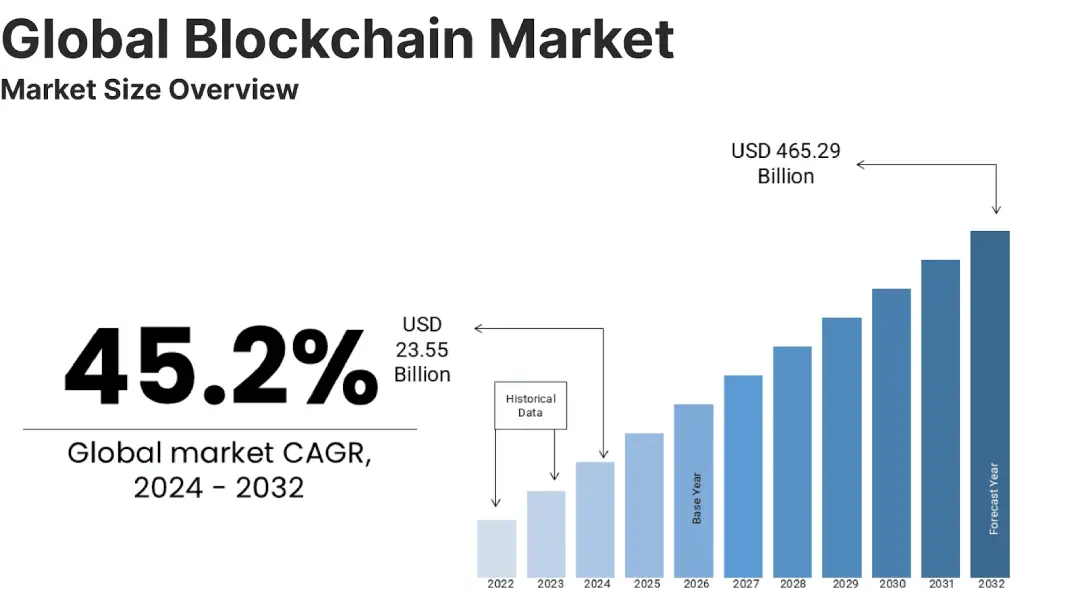What’s Changed
- Faster networks: Thanks to Layer 2 solutions like the Lightning Network (for Bitcoin) and rollups on Ethereum, transactions are now fast and cheap.
- User-friendly wallets: Tools like Coinbase Wallet, MetaMask, and Phantom are making it easier than ever to spend tokens with a few taps.
- Merchant adoption: Platforms like Shopify, Stripe, and PayPal now offer crypto payment support — even for stablecoins.
Who's Leading the Way
- USDC and USDT are the most common choices for actual payments — offering price stability and fast settlement.
- Solana Pay and Lightning are emerging as high-speed rails for real-time payments, especially in gaming and mobile apps.
- Binance Pay is expanding globally, targeting unbanked regions and small e-commerce merchants.

Source says: This evolving legal landscape provides much-needed protection against fraud and misuse and encourages businesses to venture into crypto payments with greater assurance, effectively setting the stage for widespread adoption.
Why People Are Using It
- Lower fees than traditional payment processors
- Fast cross-border payments without currency conversion
- Direct control over funds with no middleman delays
- Growing cashback and loyalty rewards for paying in crypto
Challenges Still Exist
Volatility for non-stablecoins remains a barrier. Regulatory uncertainty in some regions and limited POS infrastructure can also slow adoption. But innovation is moving fast — and so is education.
The Bottom Line
Crypto payments are no longer just a headline — they’re becoming a habit. As usability improves and stablecoins dominate, spending crypto might soon feel as natural as using a debit card.